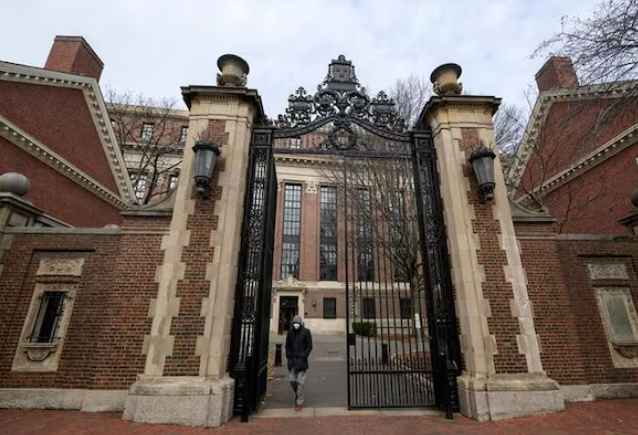The percentage of students of color in Harvard Law School’s new class dropped to 43% from 51% in 2023, according to data posted on the school’s website. This marks the first class admitted after the U.S. Supreme Court’s 2023 ruling that barred colleges and universities from considering race in admissions. The court’s decision came in response to cases against Harvard University and the University of North Carolina.
Harvard Law’s data does not specify changes within individual minority groups, such as Asian, Black, and Hispanic students, so shifts between these groups remain unclear. The Supreme Court’s ruling in Students for Fair Admissions v. Harvard struck down race-conscious admissions programs at both Harvard and UNC. This decision has sparked concern in the legal industry that long-term efforts to increase attorney diversity may suffer setbacks. Plaintiffs in the cases argued that using race as a factor in admissions discriminated against white and Asian American applicants.
The 8-percentage-point drop in students of color at Harvard Law translates to about 45 fewer non-white first-year students in a class of 560. With 43% of the class identifying as students of color, this year’s cohort represents the lowest proportion since 2017. Harvard Law previously reached a high of 56% students of color in 2021, according to school records. A spokesperson for Harvard Law did not immediately comment on the decline.
In a related trend, Harvard University also reported a decline in Black students within its freshman class, dropping from 18% in 2023 to 14% this year, while the percentage of Hispanic students increased slightly from 14% to 16%. The Massachusetts Institute of Technology (MIT) saw its percentage of Black, Hispanic, Native American, or Pacific Islander students drop from 31% in prior years to 16%, which officials attributed to the affirmative action ban.
Among the top 14 law schools ranked by U.S. News & World Report, half have released diversity data. Five schools reported steady or increased proportions of students of color compared to last year. However, like Harvard Law, the University of California, Berkeley School of Law saw a decline, with its percentage of students of color falling from 57% to 50%. A spokesperson from Berkeley Law, which has operated under California’s affirmative action ban since 1996, noted that the school did not change its admissions process, and the class makeup fluctuates yearly.
The American Bar Association will release more detailed school-specific enrollment data, broken down by race, in December.

